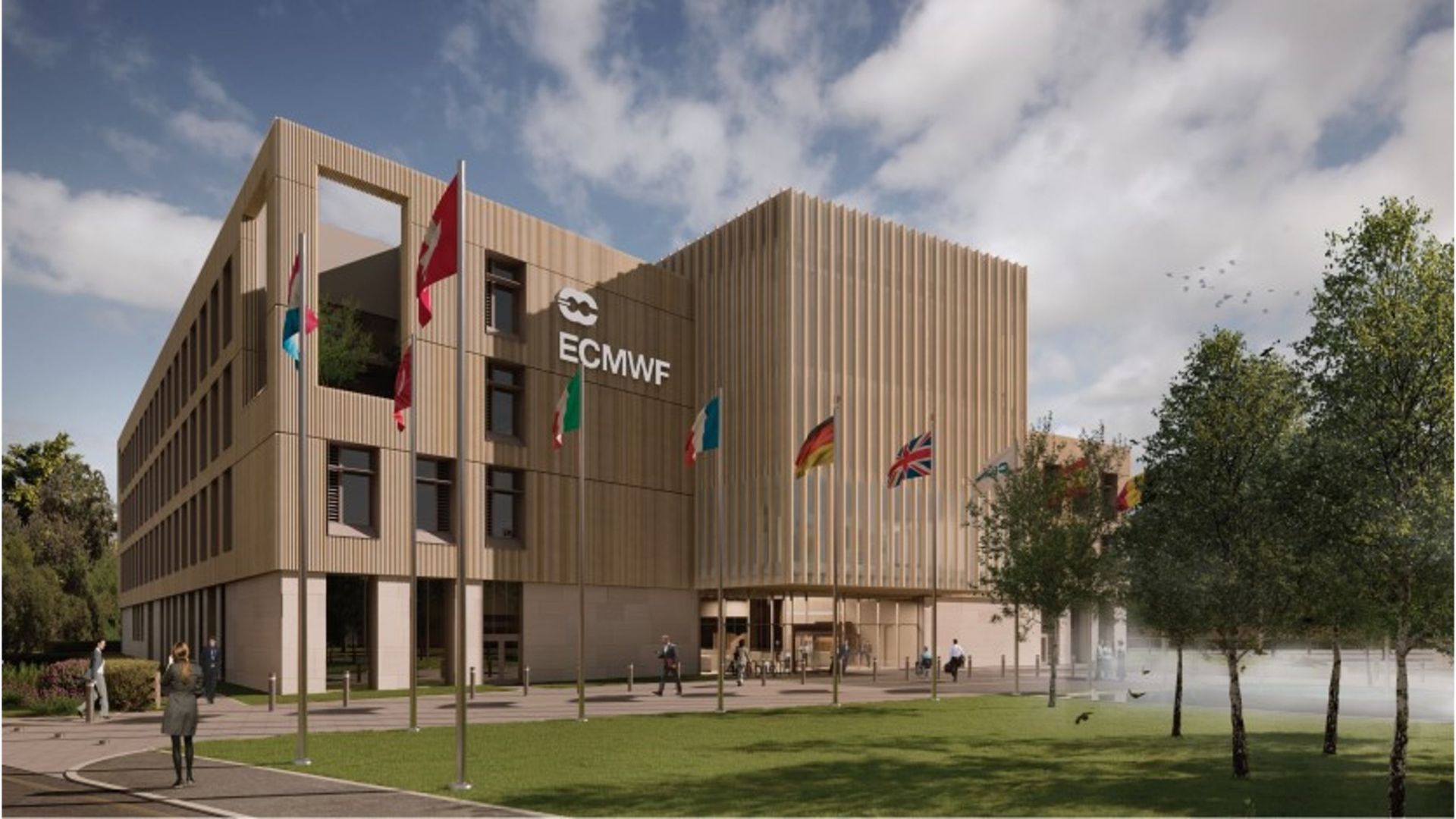Landmark building that is setting a new benchmark for construction wins REDA Award
14th November 2025
REDA was delighted to present The Mace Group/The European Centre for Medium Range Weather Forecasts (ECMRWF) HQ building with the award for Best Future Project Award at the Berks Prop Awards 2025 last week. The development of the ECMRWF building on the University of Reading's Whiteknights campus will create the largest cluster of climate scientists in the world when it is completed in early 2027.
.jpg)
The ECMRWF headquarters project represents a landmark collaboration between international science, UK government and Mace’s delivery expertise. Following the UK Government’s successful bid to host ECMRWF’s new headquarters, Mace was appointed to undertake the two-stage design and build of this state-of-the-art facility in Reading. The new headquarters is being constructed adjacent to the University’s renowned Department of Meteorology near Earley Gate and is set to become a global hub for weather and climate research, supporting ECMRWF’s mission to advance meteorological science and improve global forecasting capabilities.
Designed to Net Zero guidelines and of high architectural quality, the building is begin designed to be responsive to its environment and uplifting to work in. It will cater to a multinational organisation with a significant number of visitors and a workforce drawn from its member and co-operating states. The facility will support up to 300 scientific, technical and administrative staff and will include office space for 300 workstations, a 220-seat lecture theatre, interactive weather room, catering and meeting facilities and Council Chamber.
The project set out to create a building that not only met the technical and operational needs of ECMRWF’s world-class scientists, but also embodied the UK’s commitment to sustainability, innovation, and international collaboration. Mace’s role extended far beyond traditional construction management. The team was tasked with improving buildability and reducing embodied carbon to a fixed budget. This was achieved through a collaborative process involving design optimisation, stakeholder alignment and technical innovation. The result is a project that sets a new benchmark for how science-led infrastructure can be delivered with clarity, purpose, and shared ownership.








